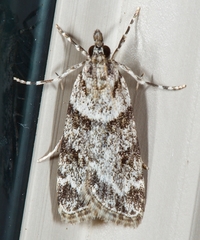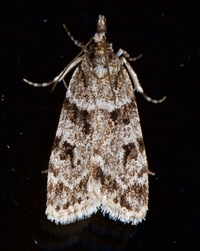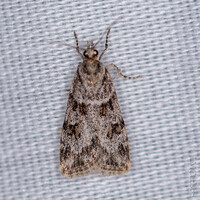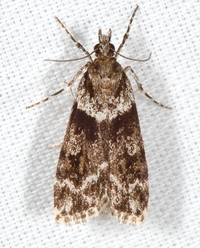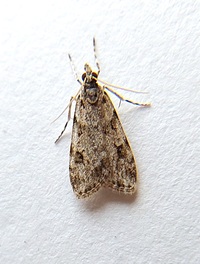
| Recorded by: Mark Basinger and Jim Petranka on 2025-10-16
Madison Co.
Comment: | 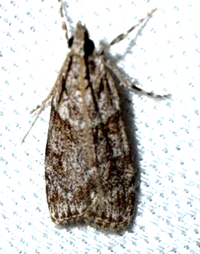
| Recorded by: Marilyn Westphal on 2025-10-12
Henderson Co.
Comment: |
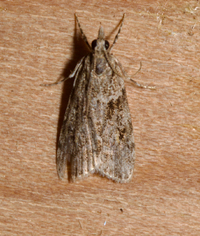
| Recorded by: Jim Petranka, Becky Elkin and Marilyn Westphal. on 2025-09-05
Henderson Co.
Comment: | 
| Recorded by: Jim Petranka, Becky Elkin and Marilyn Westphal. on 2025-09-05
Henderson Co.
Comment: |
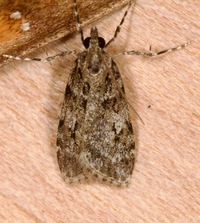
| Recorded by: Jim Petranka, Becky Elkin, Marilyn Westphal, Nora Murdock on 2025-08-25
Rutherford Co.
Comment: | 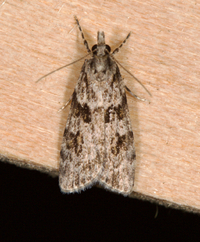
| Recorded by: Jim Petranka, Marilyn Westphal and Becky Elkin. on 2025-08-17
Henderson Co.
Comment: |
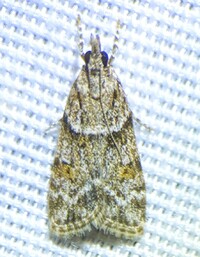
| Recorded by: Dean Furbish on 2025-08-16
Orange Co.
Comment: | 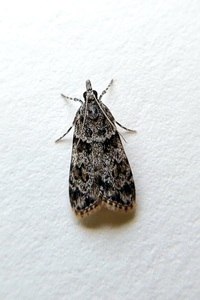
| Recorded by: Mark Basinger on 2025-08-13
Ashe Co.
Comment: |
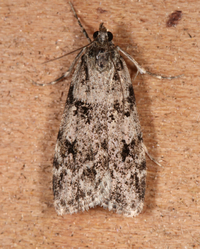
| Recorded by: Jim Petranka and Mark Basinger on 2025-06-23
Buncombe Co.
Comment: | 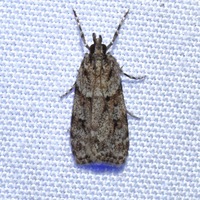
| Recorded by: Jeff Niznik, David George, Larry Chen, Sarah Toner, Joye Zhou on 2025-06-20
Richmond Co.
Comment: |
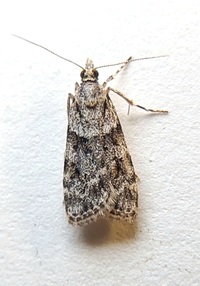
| Recorded by: Mark Basinger on 2025-06-12
Wilson Co.
Comment: | 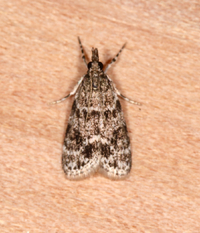
| Recorded by: Jim Petranka, John Petranka and Becky Elkin on 2025-05-09
Cumberland Co.
Comment: |
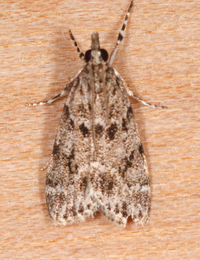
| Recorded by: Jim Petranka, John Petranka and Becky Elkin on 2025-05-09
Cumberland Co.
Comment: | 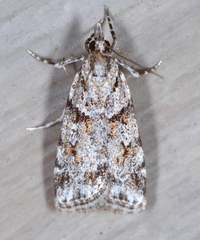
| Recorded by: Jim Petranka on 2025-05-06
Madison Co.
Comment: |
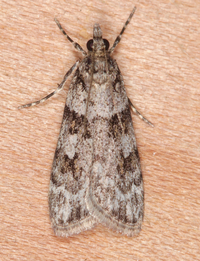
| Recorded by: Jim Petranka, Mark Basinger and Becky Elkin on 2024-09-21
Buncombe Co.
Comment: | 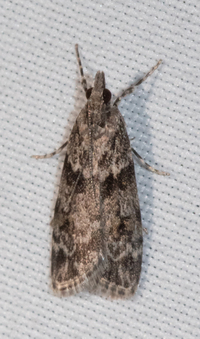
| Recorded by: Emily Stanley on 2024-08-27
Buncombe Co.
Comment: |
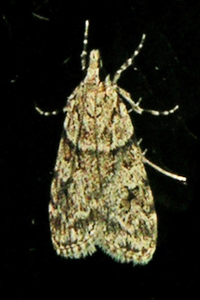
| Recorded by: Owen McConnell on 2024-08-14
Graham Co.
Comment: | 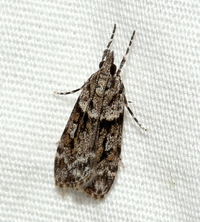
| Recorded by: David George, Jeff Niznik, Kevin Bischof on 2024-08-07
Transylvania Co.
Comment: |
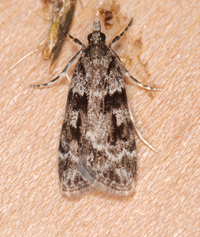
| Recorded by: Jim Petranka and Mark Basinger on 2024-08-06
Mitchell Co.
Comment: | 
| Recorded by: David George, Jeff Niznik on 2024-08-05
Transylvania Co.
Comment: |
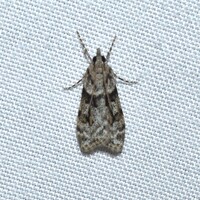
| Recorded by: David George, Jeff Niznik on 2024-08-05
Transylvania Co.
Comment: | 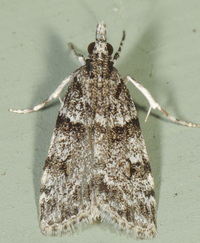
| Recorded by: John Petranka on 2024-07-26
Orange Co.
Comment: |

| Recorded by: Jeff Niznik on 2024-07-21
Orange Co.
Comment: | 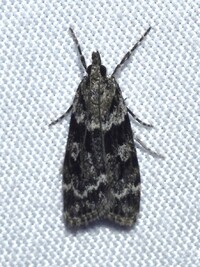
| Recorded by: Jeff Niznik on 2024-07-14
Watauga Co.
Comment: |
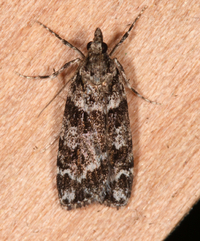
| Recorded by: Jim Petranka and Becky Elkin on 2024-07-11
Madison Co.
Comment: | 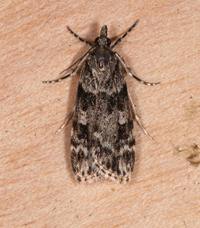
| Recorded by: Jim Petranka, Mark Basinger and Becky Elkin on 2024-06-25
Yancey Co.
Comment: |
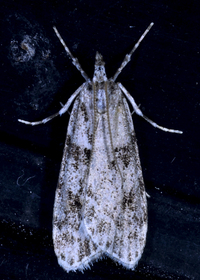
| Recorded by: John Petranka on 2024-06-20
Watauga Co.
Comment: | 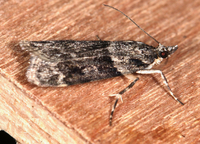
| Recorded by: Jim Petranka and Becky Elkin on 2024-06-19
Madison Co.
Comment: |
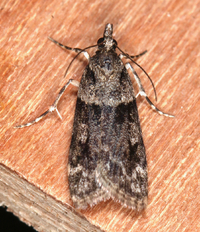
| Recorded by: Jim Petranka and Becky Elkin on 2024-06-19
Madison Co.
Comment: | 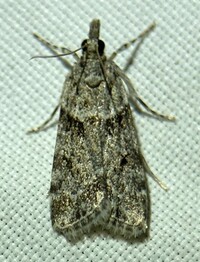
| Recorded by: Dean Furbish on 2024-06-07
Wake Co.
Comment: |
|

 »
»